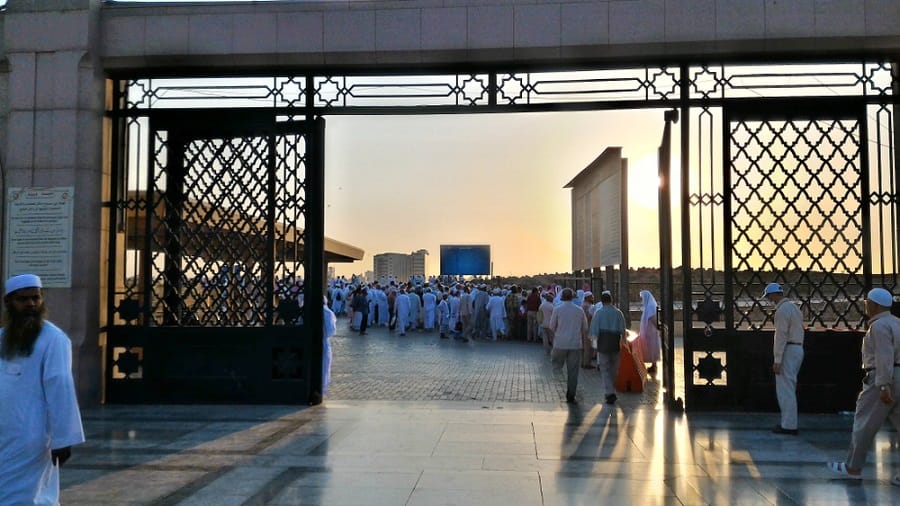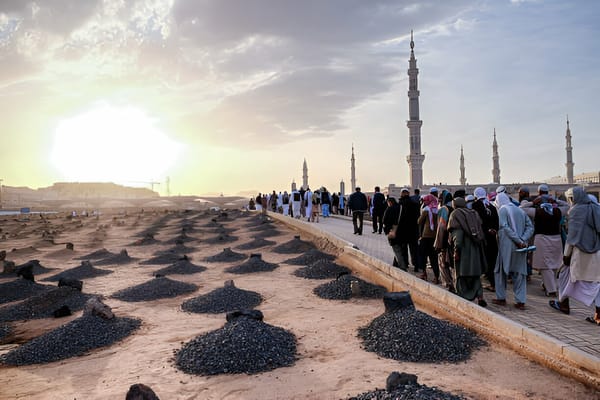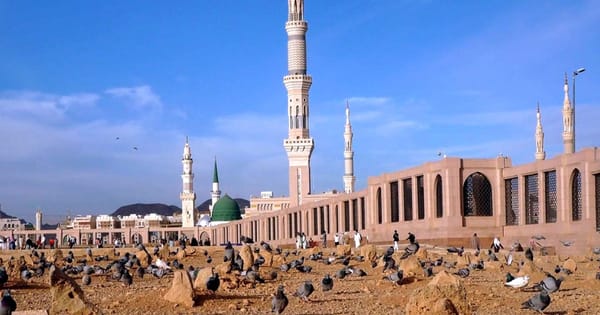Nestled in the heart of Madinah, just beside the Masjid-e-Nabawi, lies Jannat al-Baqi—one of the most spiritually significant cemeteries in Islam. For visitors exploring the holy city, especially those taking the Hop-On Hop-Off bus tour, this revered site is both easily accessible and deeply humbling. Also known as Baqi al-Gharqad, this sacred burial ground offers a poignant window into the early Islamic era.
Origins of Jannat al-Baqi
Jannat al-Baqi was established during the lifetime of Prophet Muhammad (ﷺ) in the 7th century CE. The word "Baqi" means a land covered with trees, and "al-Gharqad" refers to a type of boxthorn tree that once grew abundantly here. The cemetery became the final resting place for many of the Prophet’s closest companions and family members, beginning with Uthman ibn Maz'un, a devout follower who passed away in the early years of Islam.
As Madinah grew as a center of faith and learning, so did the cemetery. It reflects not just the city’s expansion but also its deep roots in Islamic history.
Who Rests in Jannat al-Baqi?
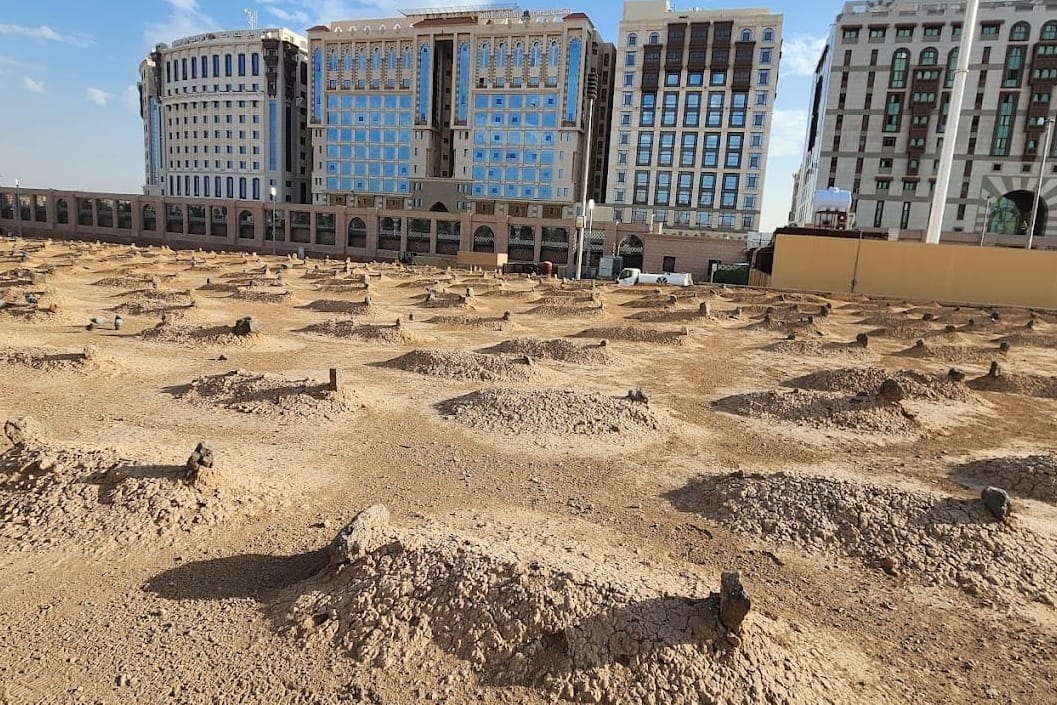
Among the thousands of graves in Jannat al-Baqi, several belong to individuals held in the highest esteem:
Family of the Prophet Muhammad (ﷺ)
- Fatimah al-Zahra – The Prophet's beloved daughter
- Ibrahim ibn Muhammad – His son
- Ruqayyah, Umm Kulthum, Zainab – Daughters of the Prophet
Wives of the Prophet (Mothers of the Believers)
- Aisha bint Abu Bakr
- Hafsa bint Umar
- Umm Salama
Eminent Imams
- Imam Hasan ibn Ali
- Imam Ali ibn Husayn (Zayn al-Abidin)
- Imam Muhammad al-Baqir
- Imam Ja'far al-Sadiq
Other Notable Companions
- Uthman ibn Affan – Third Caliph of Islam
- Abbas ibn Abdul-Muttalib – Uncle of the Prophet
- Malik ibn Anas – Founder of the Maliki school of thought
These names only scratch the surface of Jannat al-Baqi’s historical depth. For a deeper insight into the names, see Who's Buried at Al-Baqi: Notable Figures and Their Legacy.
What to Recite at Jannat al-Baqi
When visiting Jannat al-Baqi, it’s traditional to offer prayers of peace and remembrance. One widely recited supplication is:
Assalaamu ‘alaikum ahl ad-diyaari minal-mu’mineena wal-muslimeena, wa innaa inshaa’ Allahu bikum laahiqoon, nas’alullaha lanaa wa lakumul ‘aafiyah.
Translation: Peace be upon you, O inhabitants of the dwellings, among the believers and the Muslims. Indeed, we are, Allah willing, soon to join you. We ask Allah for well-being for us and for you.
It’s also encouraged to recite Surah Al-Fatihah and offer prayers seeking mercy and forgiveness for the souls buried there. More than words, what matters is visiting with a sincere heart and a reflective spirit—qualities that truly honor the sanctity of this sacred ground.
Evolution and Demolition
Jannat al-Baqi wasn’t always the stark landscape it is today. Before the 20th century, elaborate domes and mausoleums marked many of the significant graves. These structures were meant to honor the deceased and serve as points of reflection for visitors. However, in 1925, following the establishment of the modern Saudi state, these tombs were demolished under religious guidance aimed at preventing idolatry.
Since then, the cemetery has remained visually minimalistic—simple mounds of earth denoting where thousands of revered souls lie.
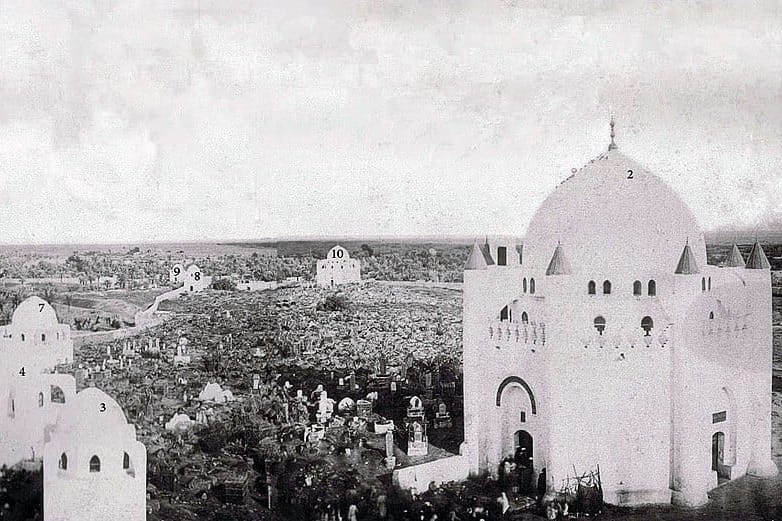
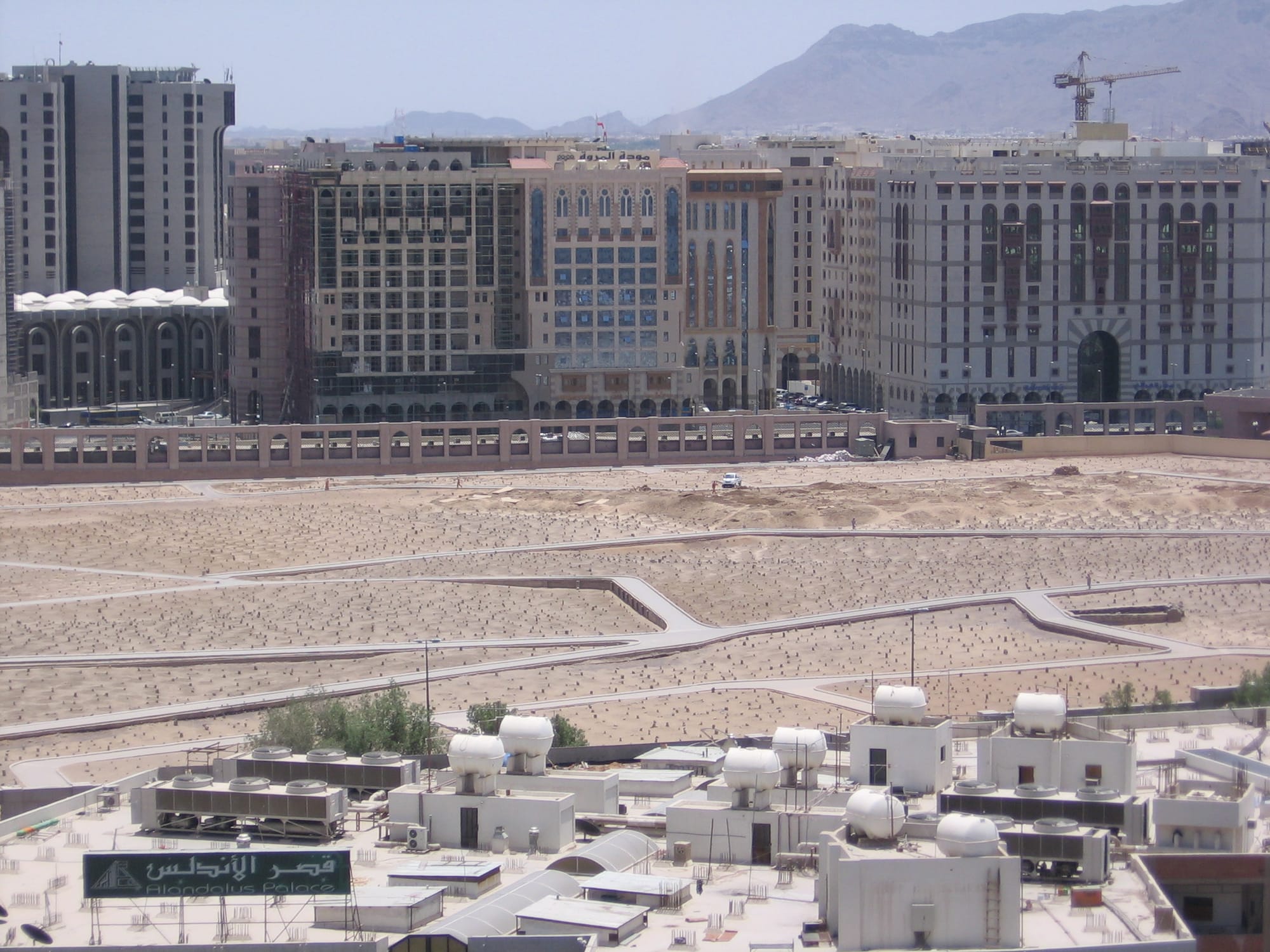
Jannat al-Baqi Before and After Demolition
Visiting Jannat al-Baqi Today
Location & Access
Situated just behind the eastern walls of Masjid al-Nabawi, Jannat al-Baqi is easily visible and reachable, especially for those using the Hop-On Hop-Off bus, which stops conveniently at the site. Visitors can enter during the early morning hours, typically after Fajr prayer.
Visitor Etiquette
- Maintain a respectful, silent demeanor
- Avoid photography unless explicitly permitted
- Dress modestly in accordance with Islamic customs
- Refrain from touching or marking graves
The Spiritual Dimension
For Muslims, visiting Jannat al-Baqi is more than historical interest; it is an act of reflection and connection. Standing amidst the graves of some of the most influential people in Islamic history offers a rare opportunity to contemplate life, legacy, and faith.
Local Travel Tips
- Best Season: Visit between October and April for comfortable weather
- Guides: Consider the Hop-on Hop-off bus for deeper insight into each historical figure
- Hydration: Carry a bottle of water, especially during warmer months
- Timing: Go early in the morning to avoid crowds and the heat
A Sacred Encounter with History
Jannat al-Baqi is not just a cemetery; it is a silent chronicle of early Islam. Its serene atmosphere and powerful spiritual presence make it a must-visit landmark in Madinah. For those exploring the city through the Hop-On Hop-Off bus, stopping here isn’t just convenient—it’s essential.
May your journey through Madinah be filled with peace, reflection, and inspiration!

